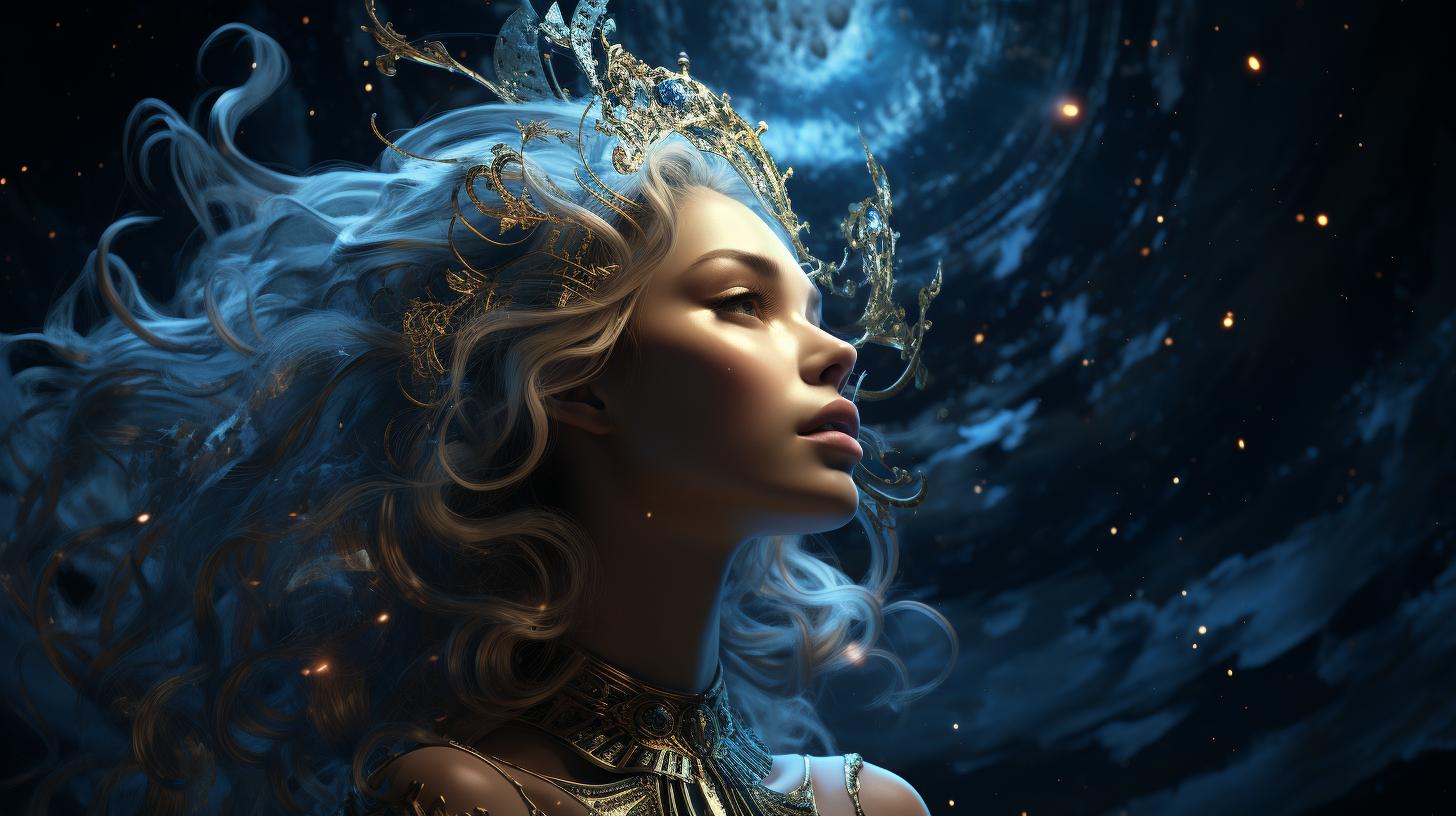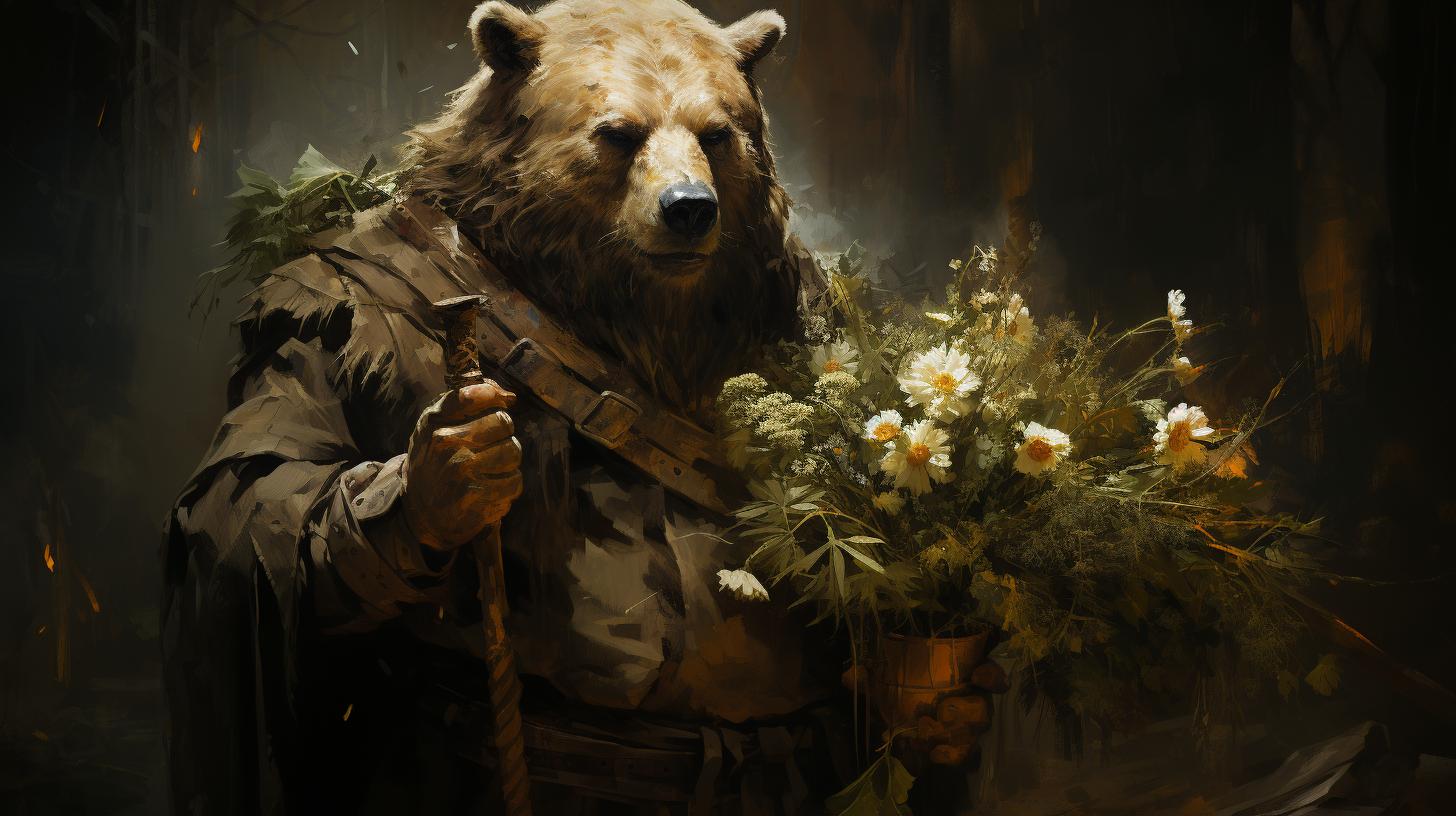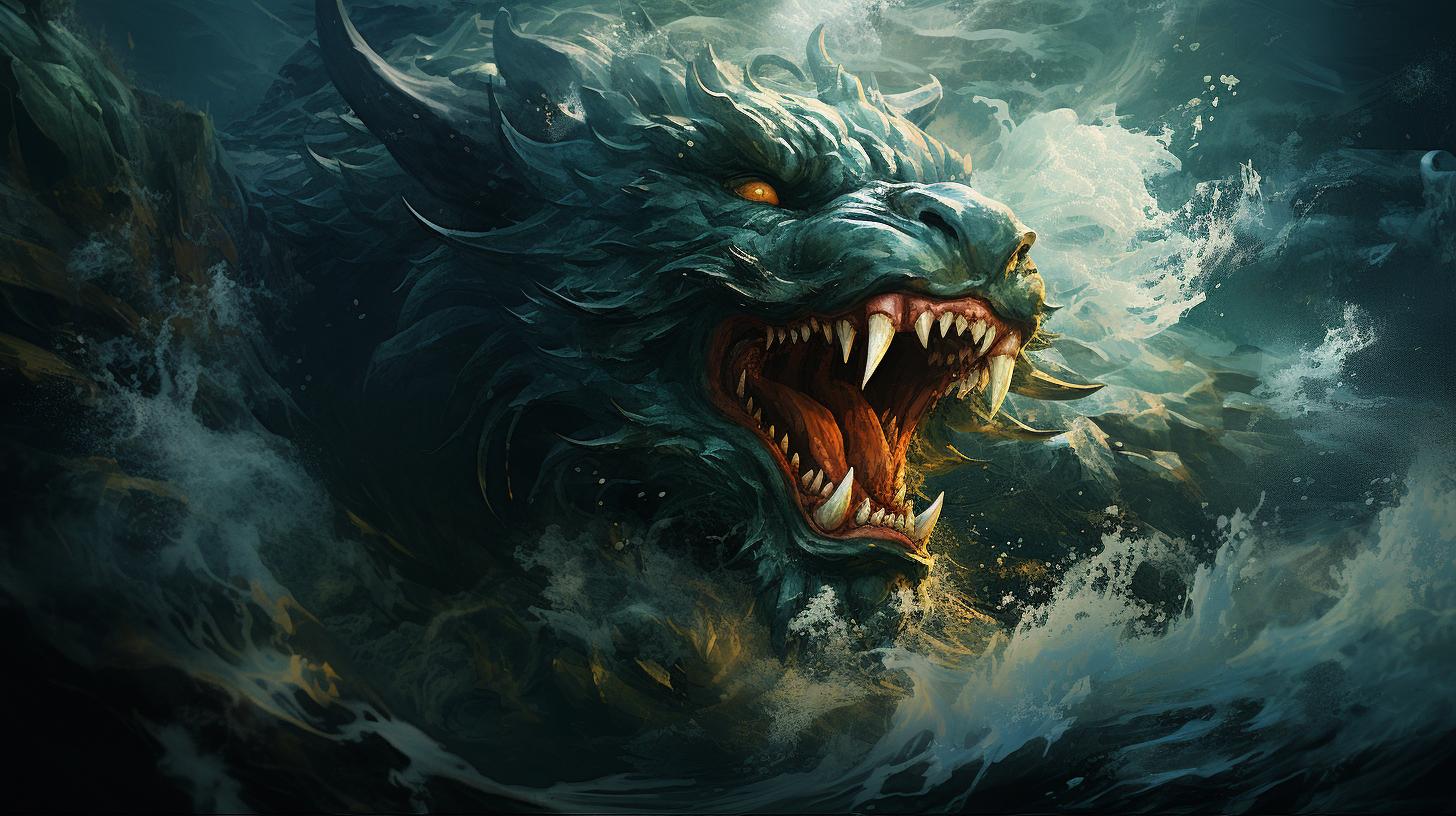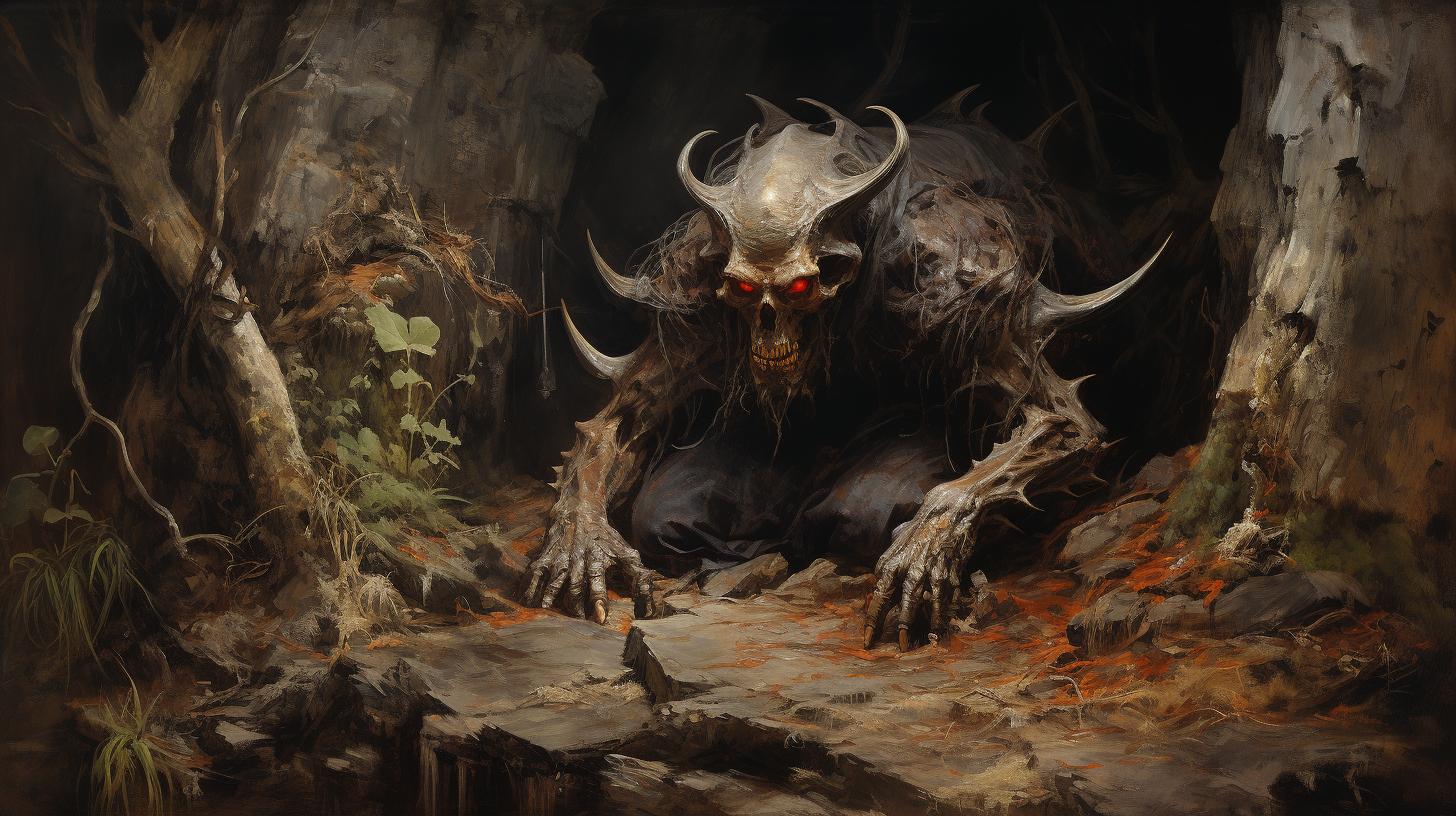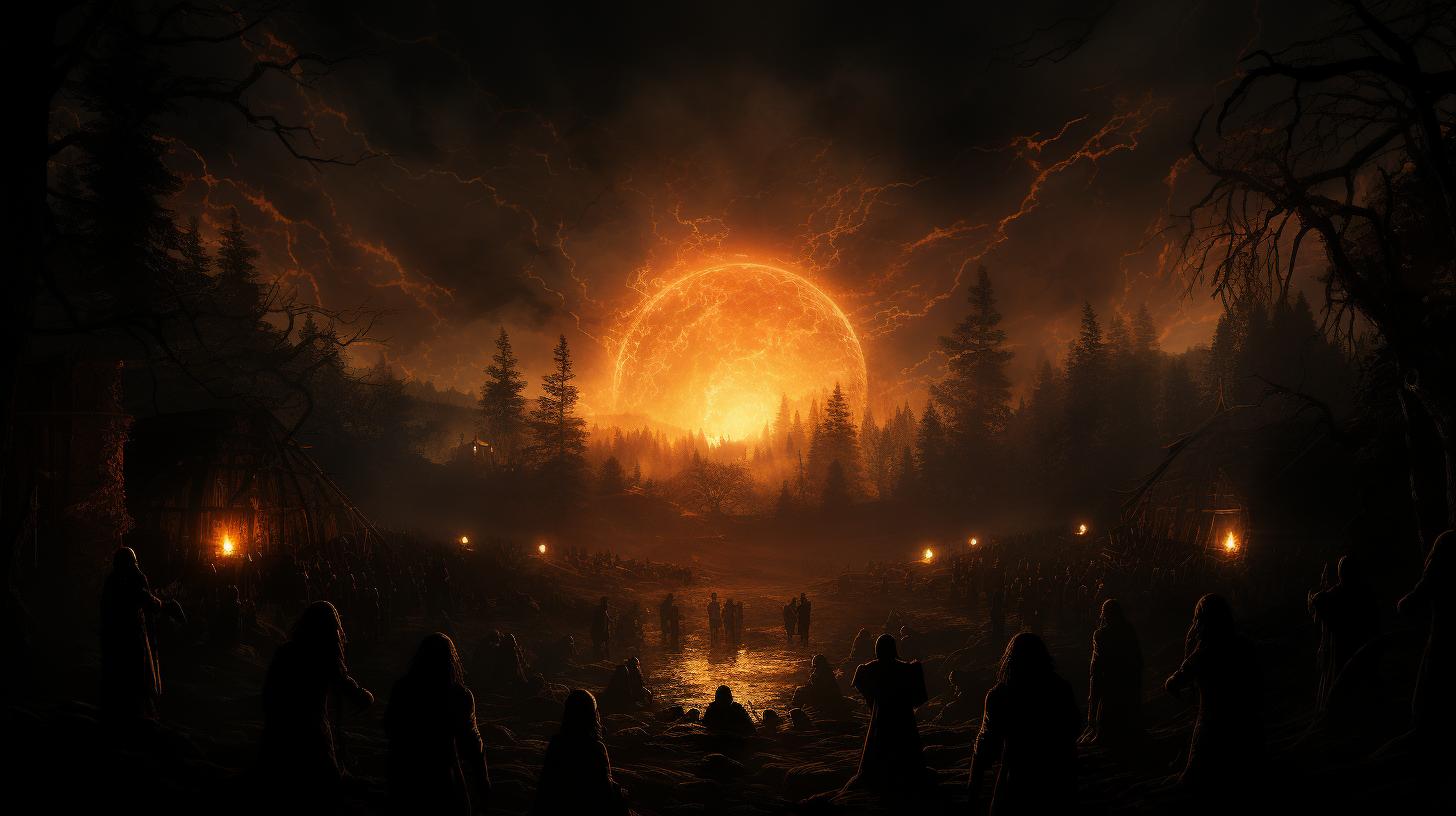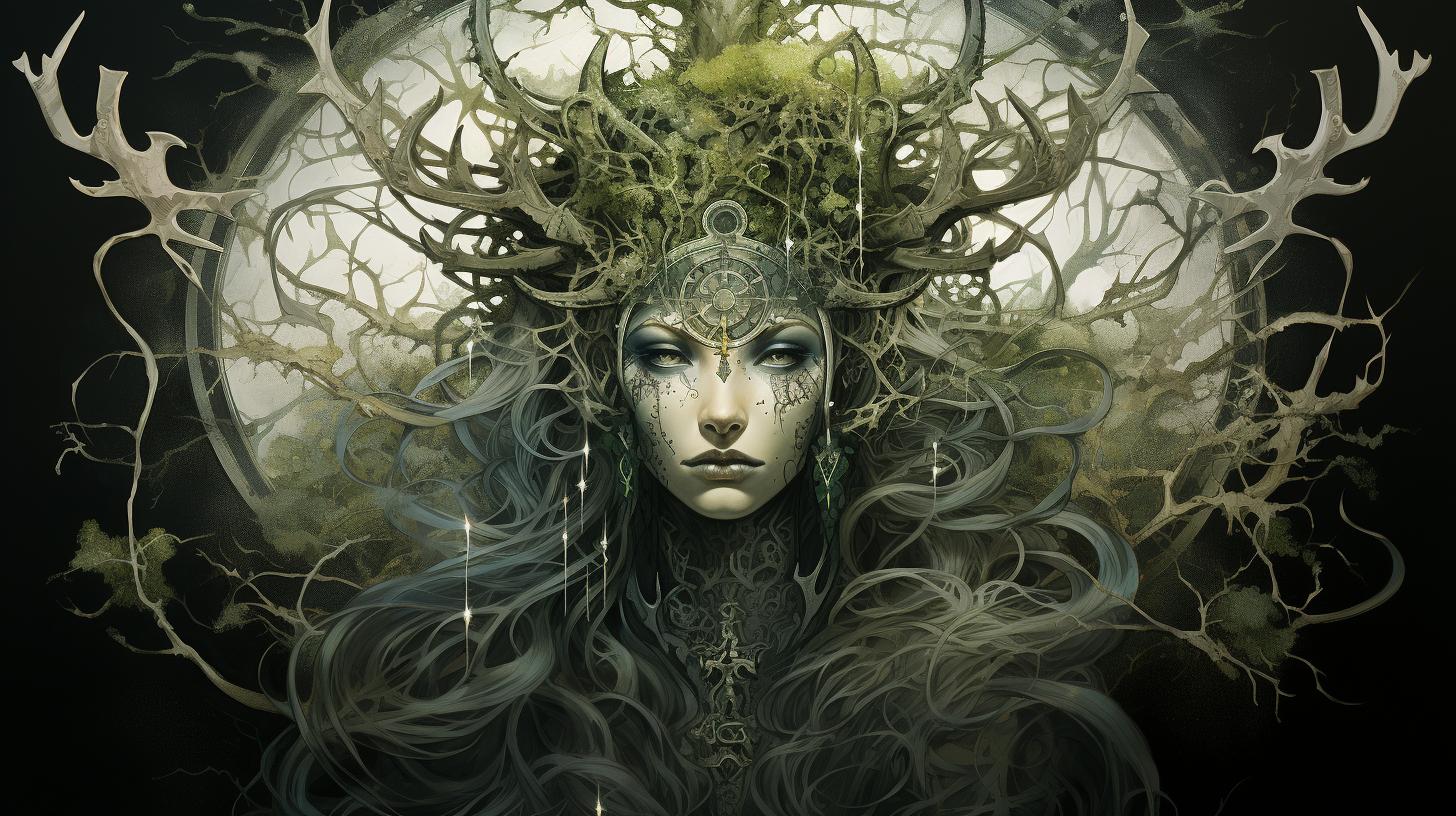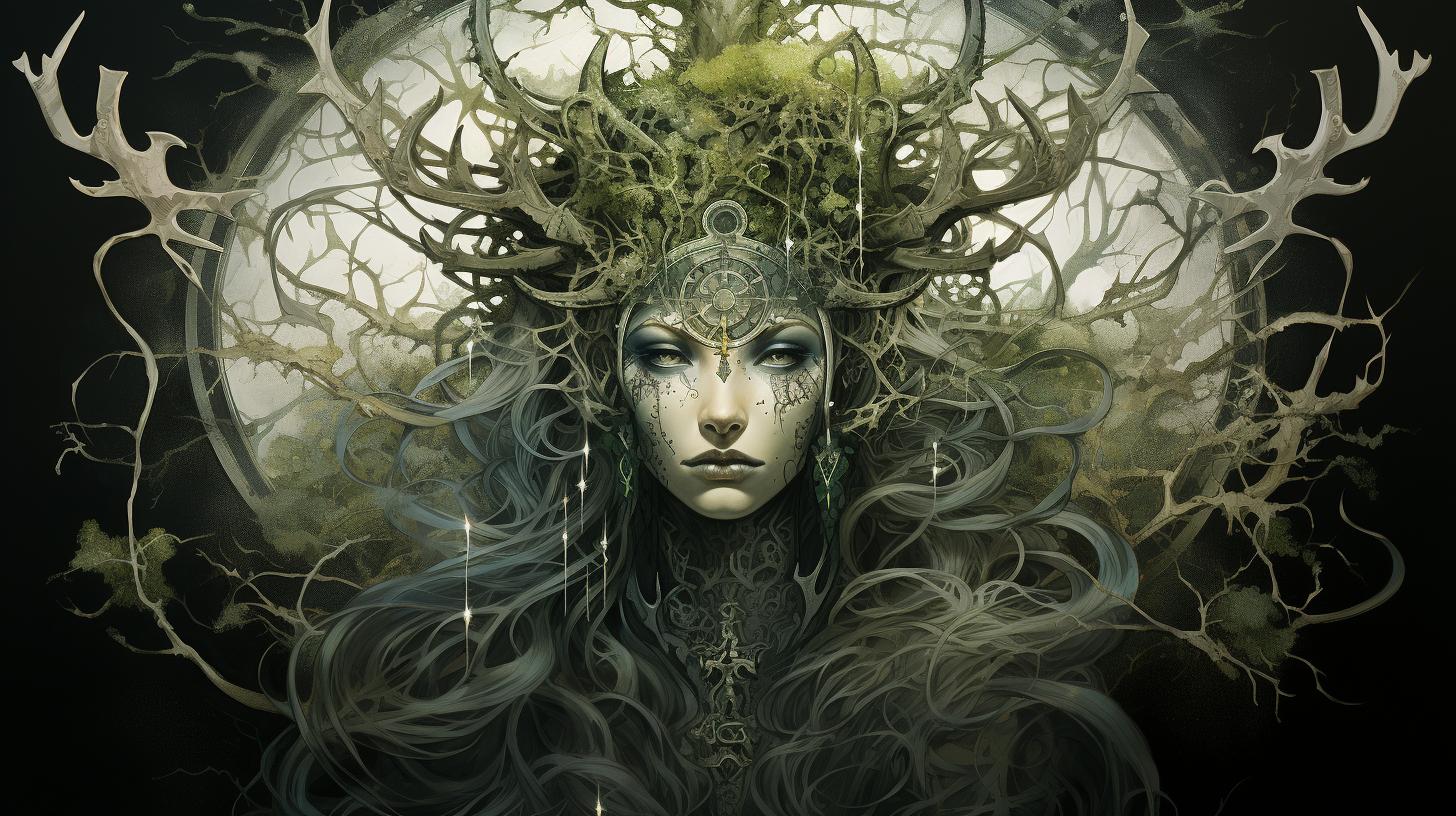Marjatta Mythology: Unraveling the Finnish Legends
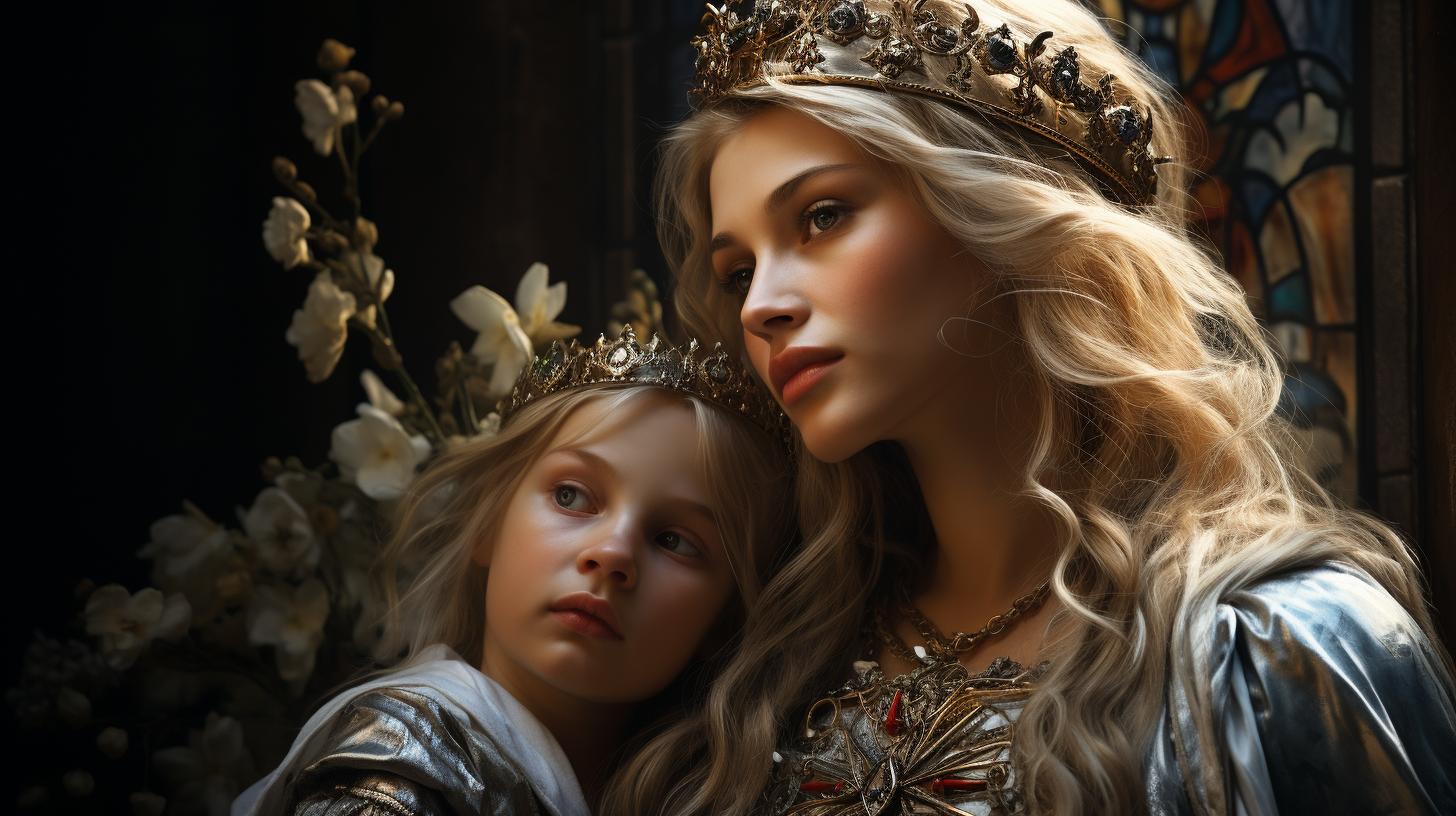
Marjatta mythology is a fascinating part of Finnish folklore. It tells the tale of Marjatta, a pure and holy virgin who mysteriously becomes pregnant. Cast out by her family, she seeks shelter in a stable where she gives birth to a miraculous child.
The child’s destiny unfolds as Vainamoinen, a cultural hero, becomes involved. This mythology reflects the transition from pagan gods to Christianity. Marjatta’s story has been preserved through songs and stories, making her a popular and influential figure in Finnish culture, with connections to the Virgin Mary and Christian iconography.
Interpreting Marjatta mythology reveals its symbolic and allegorical meanings.
The Story of Marjatta
Marjatta mythology revolves around the captivating tale of Marjatta, an intriguing figure in Finnish folklore. Let us delve into her remarkable story, which unfolds in various stages, each presenting its own unique themes and events.
Marjatta’s Pure and Holy Life
Marjatta was known for her pure and holy existence, residing in the North with an unwavering devotion to her virtuous principles. Considered “always pure and holy,” she embodied an exceptional character that inspired awe and admiration among those who knew her.
Marjatta’s Unconventional Pregnancy
One fateful day, Marjatta approached a cuckoo bird seeking answers about her future marital status. Surprisingly, a berry responded, instructing her to approach and pluck it. Following this peculiar advice, Marjatta became pregnant.
However, her family, misunderstanding her situation, accused her of immoral conduct, leading to her harsh exile.
Marjatta’s Exile and Birth in the Stable
Seeking refuge, Marjatta found solace in a humble stable, where she implored a horse to protect her from the freezing cold. Through a remarkable turn of events, the horse granted her wish, sparing her from certain peril.
It was in this stable that Marjatta gave birth to her miraculous child, unfolding the story’s tantalizing twists and turns.
As we dive into Marjatta’s incredible journey, we will uncover the profound impact it had on Finnish mythology and explore its symbolic interpretations.
Marjatta’s Child and His Destiny
Marjatta’s extraordinary story takes a twist as her child, born in the stable, mysteriously disappears. The disappearance of Marjatta’s son, shrouded in mystery, leaves her filled with anguish and uncertainty.
Where could her beloved child be?
The Disappearance of Marjatta’s Son
Marjatta’s joy turns into despair as she wakes up from her sleep to find her child missing. Panic sets in as she searches frantically, fearing the worst. Questions arise in her mind: Who took her child? What could be the reason behind such a heart-wrenching separation?
The Sun’s Revelation and the Child’s Location
In a moment of divine intervention, the sun reveals the whereabouts of Marjatta’s child.
It guides her to a mysterious swamp, where her son has been concealed. A beacon of hope shines upon Marjatta as she embarks on a journey to reunite with her beloved child, filled with anticipation and trepidation.
The Naming Struggle and Vainamoinen’s Intervention
Upon finding her son, Marjatta faces the challenge of naming him. But due to the absence of the father, an elder refuses to perform the baptism. However, the arrival of Vainamoinen, a respected figure in Karelian mythology, brings a surprising turn of events.
Vainamoinen becomes involved in the naming struggle and ultimately intervenes, shaping the destiny of Marjatta’s child and heralding a new era for Karelia.
Vainamoinen and the Role of Christianity
Vainamoinen, a prominent figure in Marjatta mythology, initially displays hostility towards Marjatta and her child.
Fueled by disbelief and skepticism, he deems the child unworthy of existence, a view rooted in the remnants of pagan deities. However, a startling change occurs within Vainamoinen as he witnesses the defiance and strength of Marjatta’s child.
Vainamoinen’s Initial Hostility
At first, Vainamoinen perceives Marjatta’s child as a disruption to the established order. He questions the legitimacy of the child’s divine origin and resents the idea of a new ruler rising to power.
Vainamoinen’s initial reaction reflects the resistance faced by Christianity during its emergence in Finnish society.
Vainamoinen’s Change of Heart and Baptism
Surprisingly, Marjatta’s child challenges Vainamoinen’s expectations and refuses to comply with his demands. This defiance leaves Vainamoinen in awe, prompting him to reconsider his stance. Eventually, he recognizes the child’s potential and accepts the role of Christianity in shaping the future.
Marjatta’s Child as the New King of Karelia
As Vainamoinen realizes the significance of Marjatta’s child, he directs the child’s path towards becoming the new king of Karelia, cementing the influence of Christianity and ushering in a new era.
This transformation signals the end of the pagan deities’ reign and emphasizes the growing importance of Christian values and beliefs in Finnish mythology.
Marjatta Mythology in Finnish Culture
Marjatta mythology holds a significant place in Finnish culture, reflecting its rich heritage and deep-rooted folklore. This section will delve into the various aspects of Marjatta’s mythology in Finnish society, exploring its preservation through songs and stories, the popularity and influence of the Marjatta figure, as well as its impact on Finnish folklore and national identity.
Preservation Through Songs and Stories
Finnish culture has embraced Marjatta mythology by passing it down through generations via captivating songs and captivating tales. Through poetic lyrics and enchanting melodies, the tales of Marjatta have been preserved and given life.
The incorporation of traditional singing styles, such as runo singing, has further contributed to the oral tradition of Marjatta mythology.
Marjatta’s Popularity and Influence
Marjatta’s story has captured the hearts of Finns and played a pivotal role in shaping their cultural consciousness. The profound symbolism embedded in Marjatta’s journey resonates with individuals, inspiring a sense of resilience, transformation, and the power of faith.
Marjatta’s influence extends beyond folklore, permeating different forms of artistic expression, including literature, visual arts, and theater.
Impact on Finnish Folklore and National Identity
The legend of Marjatta has etched its mark on Finnish folklore, becoming an integral part of the nation’s collective identity. Marjatta’s mythical tale embodies the cultural transition from pagan beliefs to Christian influence, mirroring the trajectory of Finnish society.
Her narrative serves as a bridge between ancient traditions and the arrival of Christianity, encapsulating the cultural and historical amalgamation of Finland.
- Preservation Through Songs and Stories
- Marjatta’s Popularity and Influence
- Impact on Finnish Folklore and National Identity
As the melodies of Marjatta’s songs echo through the Finnish forests, and the tales of her mythical journey continue to captivate audiences, it is clear that Marjatta mythology has become an integral part of Finnish cultural heritage.
The preservation of this folklore through oral traditions, the enduring popularity and influence of the Marjatta figure, and its impact on Finnish folklore and national identity underscore its lasting significance in Finnish culture.
Interpreting Marjatta Mythology
Interpreting Marjatta mythology offers valuable insights into the symbolism and allegorical meanings embedded within this captivating Finnish folklore. The story of Marjatta unfolds with layers of hidden messages and deeper significance, reflecting various aspects of human experience and spiritual journeys.
Symbolism and Allegorical Meanings
The Marjatta mythology is rich in symbolism, allowing for multiple interpretations and profound allegorical meanings. Marjatta’s pure and holy life can be seen as a representation of innocence and divine grace, while her unconventional pregnancy signifies the unexpected arrival of spirituality into one’s existence.
Furthermore, the exile of Marjatta and her subsequent childbirth in a stable embody themes of endurance, resilience, and the transformative power of embracing the unexpected. This symbolism highlights the human capacity to find strength and rebirth in the face of adversity.
Connections to the Virgin Mary and Christian Iconography
The parallels between Marjatta’s story and the biblical narrative of the Virgin Mary and the birth of Jesus Christ are striking. Marjatta’s purity and the miraculous conception of her child evoke similarities to the Virgin Mary’s immaculate conception and the birth of Jesus in a stable.
This connection to Christian iconography further emphasizes the cultural and religious significance of Marjatta mythology within Finnish folklore. It showcases the integration of pre-Christian traditions with Christian narratives, illustrating the ongoing evolution and adaptation of belief systems.
Marjatta Mythology as a Reflection of Cultural Shifts
The Marjatta mythology can be understood as a reflection of cultural shifts in Finland, particularly the transition from paganism to Christianity. Vainamoinen, embodying pagan deities, initially reacts with hostility towards Marjatta’s child, symbolizing the resistance to change and the clinging to established traditions.
However, Vainamoinen’s eventual change of heart and the child’s baptism represent the acceptance and integration of Christianity into Finnish society. This transformation parallels the cultural shift occurring during the spread of Christianity, mirroring the clash and eventual synthesis of belief systems.
- The symbolism and allegorical layers in Marjatta mythology
- The connections between Marjatta and the Virgin Mary
- Marjatta mythology as a reflection of cultural shifts in Finland
Interpreting Marjatta mythology uncovers profound symbolism, parallels to Christian iconography, and deeper insights into cultural transitions.
Its enduring presence in Finnish culture and folklore testifies to its significance as a timeless narrative that continues to inspire and instill meaning in the hearts and minds of individuals.
.












